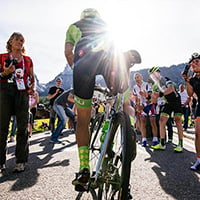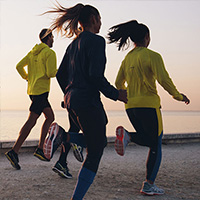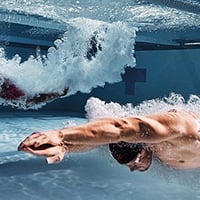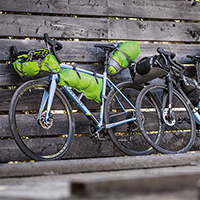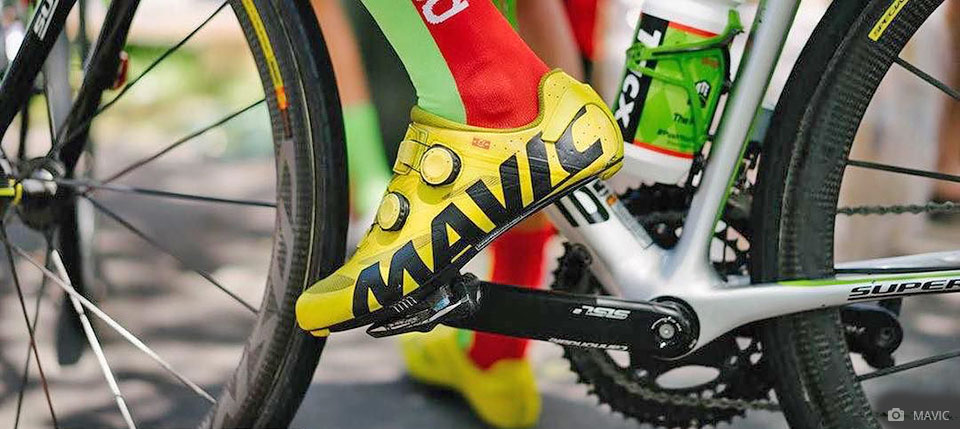
WHY USE BIKE SHOES?
Using proper bike shoes makes your ride easier and a lot more efficient. For those considering getting bike shoes there are two things to keep in mind. You need to decide what type of contact you want between your shoe and the pedal – whether you’d prefer clipless, i.e. attached to the pedal, or ride flats, i.e. not attached. You also need to decide the main style of cycling you will be using the bike shoes for - MTB, downhill, road, city/trekking or spinning.
The various shoe and pedal styles are presented in detail here.
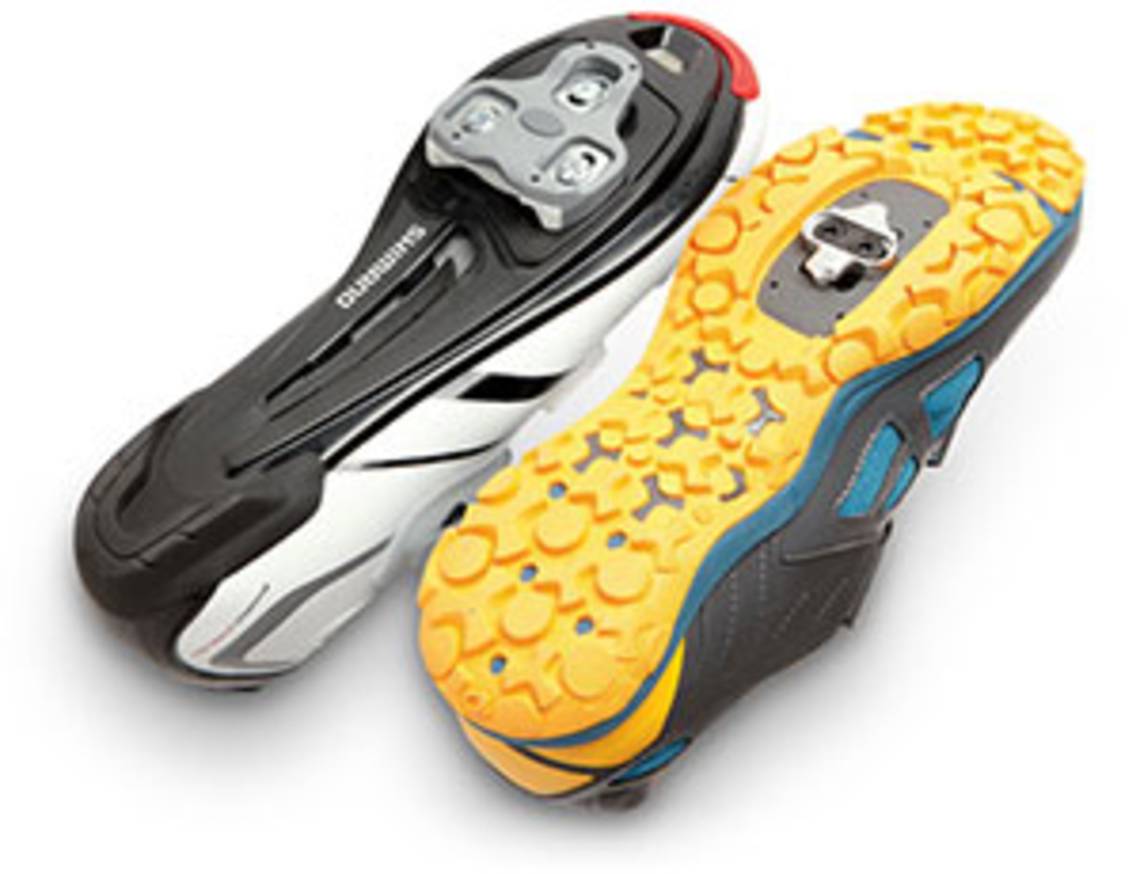
Shoes with a clipless pedal system - this is where you have a cleat under the sole of your shoe which “clips in” to the pedal. Using this system results in a more energy efficient ride because the leg powers the pedal on both the down and upstroke.
Some think it is scary to be attached to the pedal since they are scared of falling without being able to click out of the pedal, but it’s a lot easier than most think – the movement of twisting the foot slightly to unfasten from the pedal soon becomes a natural part of riding.
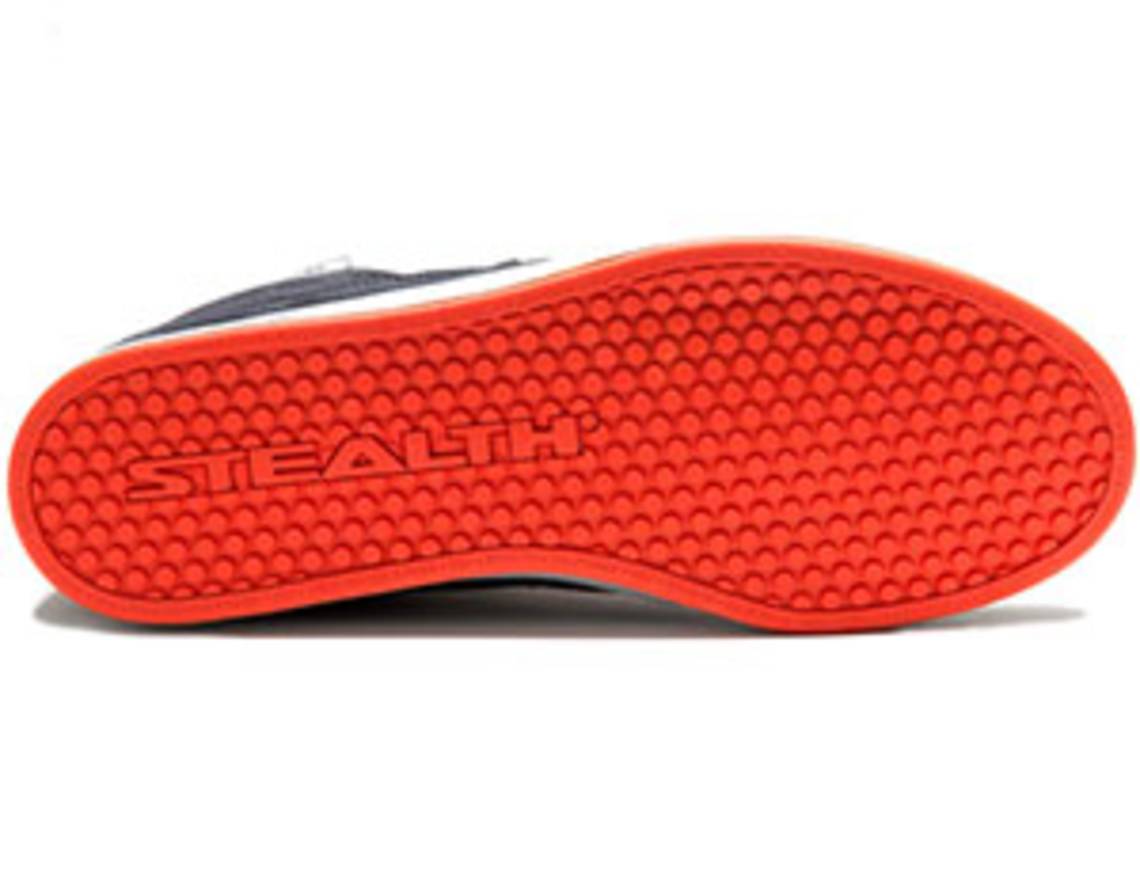
Shoes with a rubber sole are known as ‘flats’ - these are shoes with a stiff and grippy sole that sticks, almost like glue, to the flat pedals. It creates a stable and safe platform for the foot to push against. They are often used by freeriders, downhill riders or dirt bikers who want to be able to use their foot for balance on corners or to do tricks in the air. You’re not dependent on the same pedaling efficiency in these bike disciplines since you don’t tend to take that many pedal strokes.
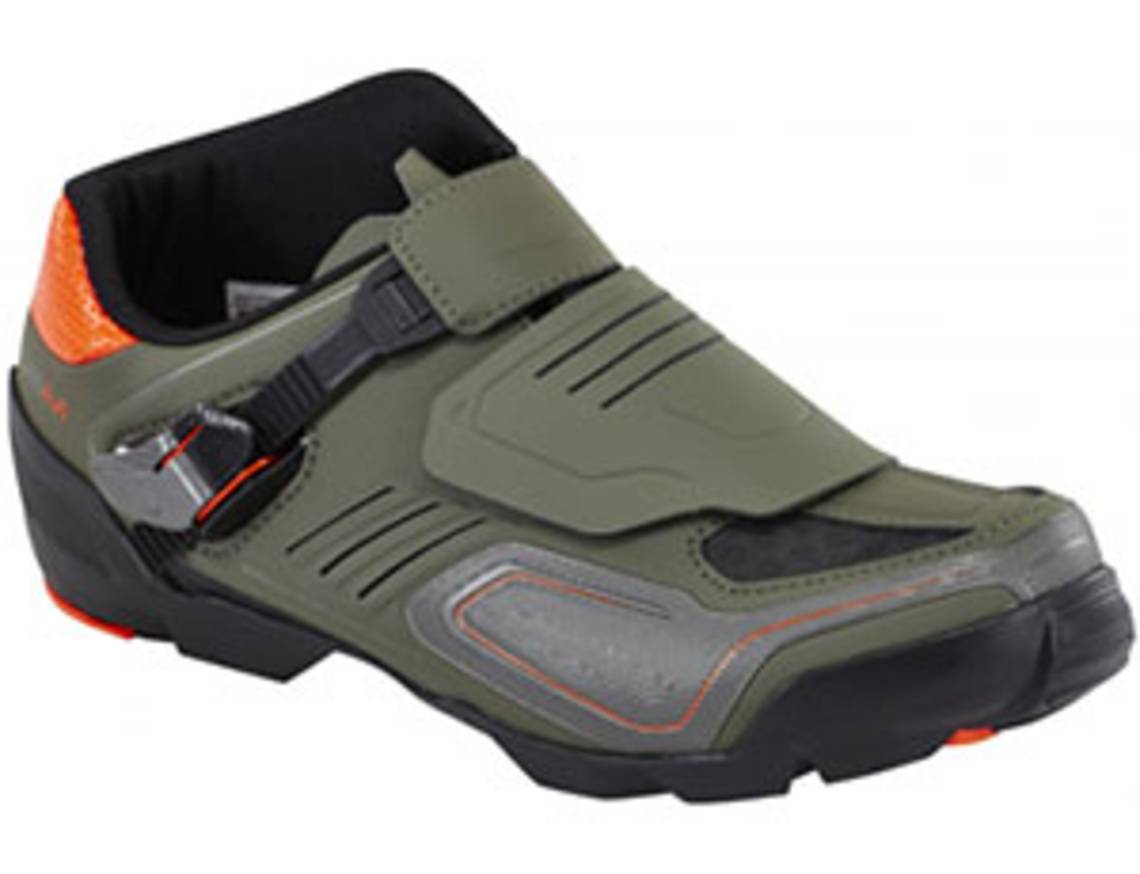
- Mountain bikers require durable shoes that have stiff and grippy soles.
- Mounting bike shoes feature an upper part that is made of sturdy and weather resistant material designed to withstand mud and rain, and also protect the foot against rocks and roots.
- By its nature, mountain biking involves plenty of walking, whether it’s to carry your bike over rough terrain or to steady your balance. The shoes reflect this need and feature rubber patterned soles and studs for all-important grip. The cleat mounting also tends to be recessed into the sole so that the shoes are easier to walk in.
- Mountain bike shoes differ depending on the intended use – cross country, cyclocross and marathon shoes are stiffer than enduro rider shoes reflecting a focus on pedal efficiency.
- Mountain bike shoes exist both with and without a clipless pedal system.
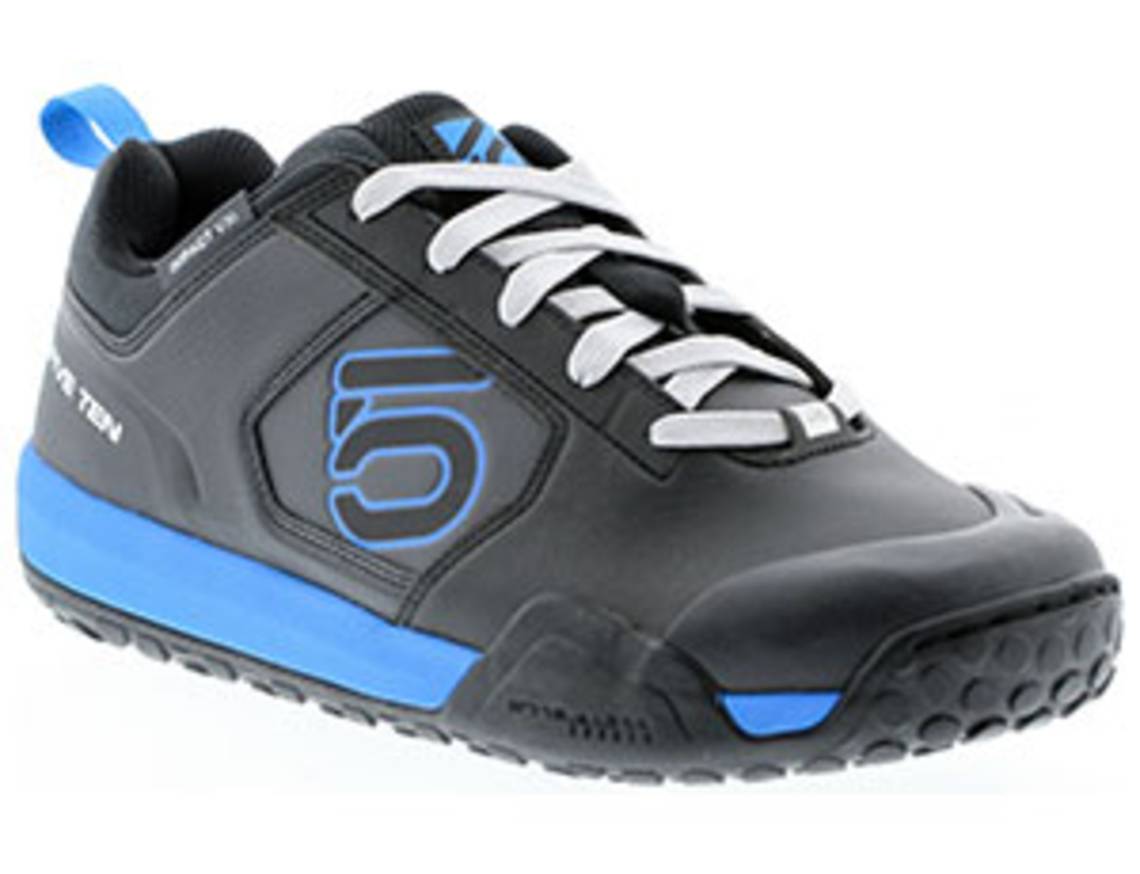
- Downhill shoes are a type of mountain bike shoe, but they are even sturdier and more flexible.
- The focus is on stability and protection as well as on grip.
- The upper part is made out of sturdy material that protects against both weather, rocks and debris that kicks up from the ground whilst riding. The sole has a grippy rubber pattern and they exist both as clipless and flat shoes.
- Downhill shoes exist both with and without a clipless pedal system.
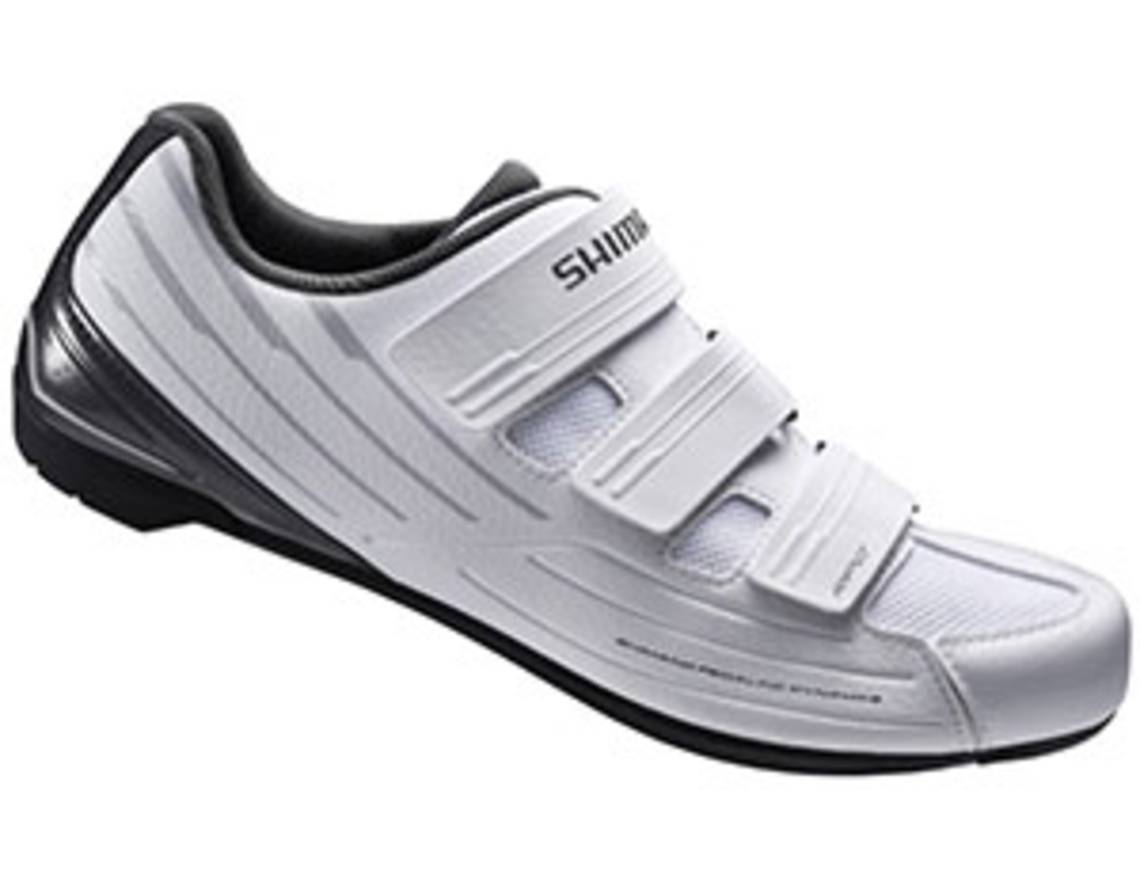
- Shoes for road riding are lightweight and extremely stiff for optimal power transfer and efficiency.
- The sole of the shoe is not grippy, as you don’t tend to walk in these shoes. The cleats are large and not recessed into the sole of the shoe. The cleats cover a larger contact area on the sole which distributes the pressure more evenly and creates a greater energy transfer.
- Some road shoes are heat moldable, which means that you can mold them to your own foot to create a perfect fit and minimise pressure points.
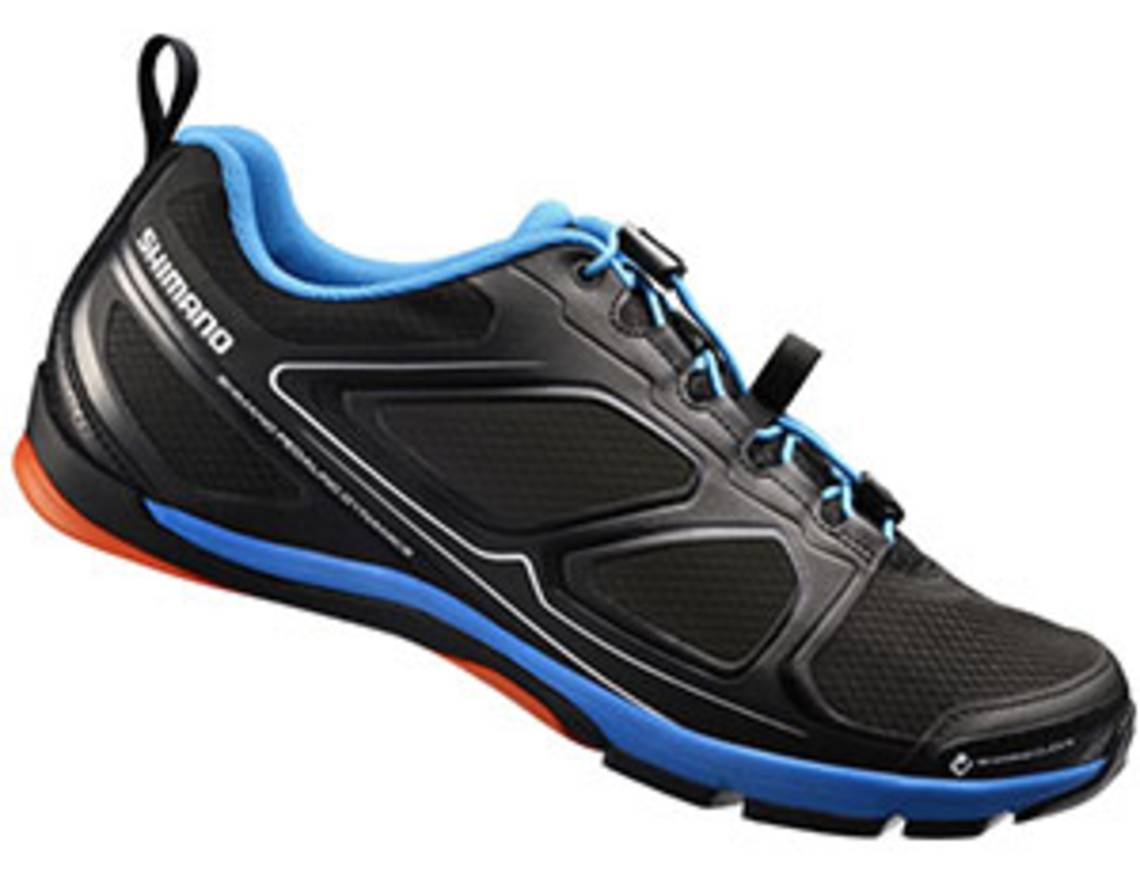
- Bike shoes for touring and trekking have a stiffer sole than a normal shoe, but are more comfortable to walk in than other bike shoes.
- They reassemble normal sneakers but are reinforced in the toe area to protect against debris on the road, and they also have a grippy rubber sole.
- Most of them are compatible with clipless systems and the mounting of the cleat is recessed into the sole to make it easier to walk in them. To make walking easier, the shoe panels are well integrated into the sole's profile.
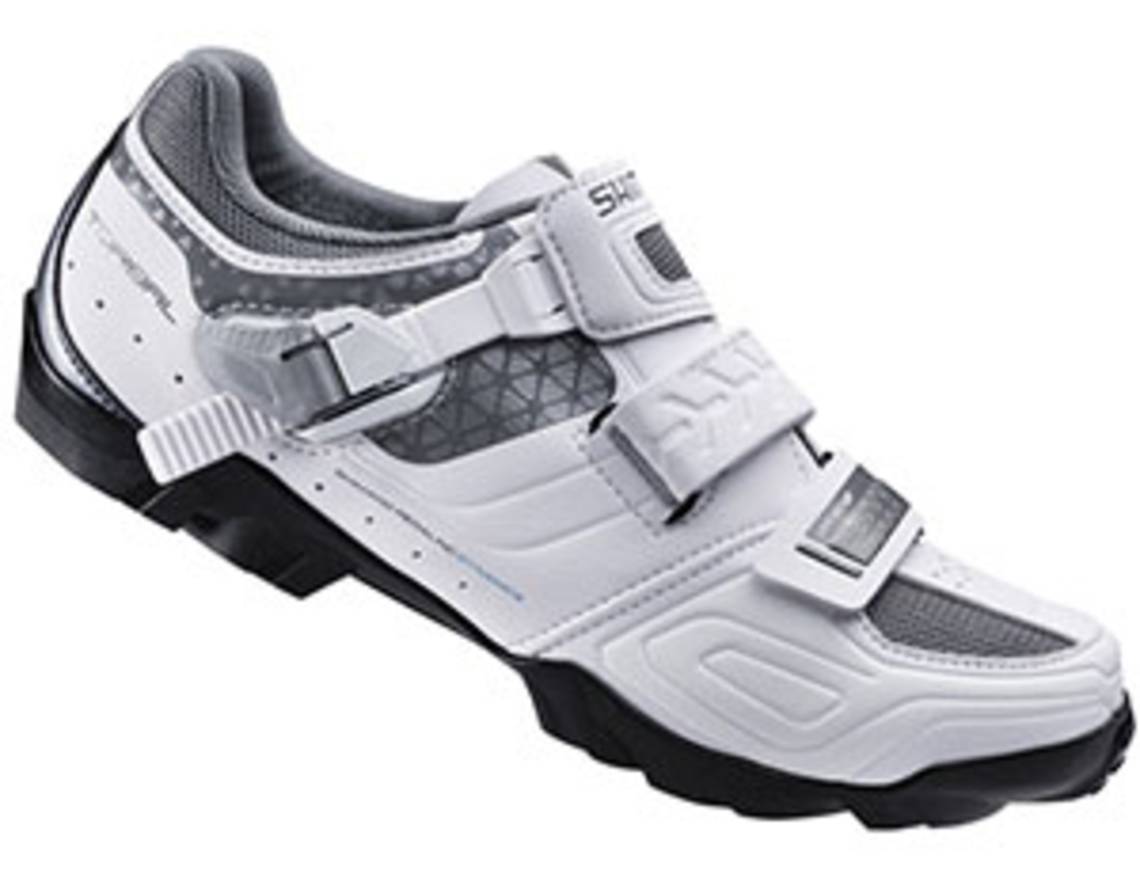
- There are also special bike shoes designed for spinning classes at the gym.
- You can use both city/trekking shoes and mountain bike shoes, but road shoes have another type of clipless system that is not compatible with the pedals on spinning bikes.
- MTB shoes are stiffer than city/trekking shoes and thus give a more efficient pedal stroke, but they are also harder to walk in and slightly less comfortable. It is recommended that you use the type of shoe you feel most comfortable in.
There are two types of pedals: clipless and flats (depending on the kind of contact you want between your shoe and the pedal).
For clipless pedals there are then two main clipless pedal systems: MTB and Road.
Pedals and shoes for MTB and City use the same type of clipless pedal system. The sole has two recessed slots where you fasten the cleat. They are often called SPD, which is the name of Shimano’s clipless pedal system. Crankbrothers and Time also make popular pedal systems for MTB. Bike shoes for Road uses a different clipless pedal system.
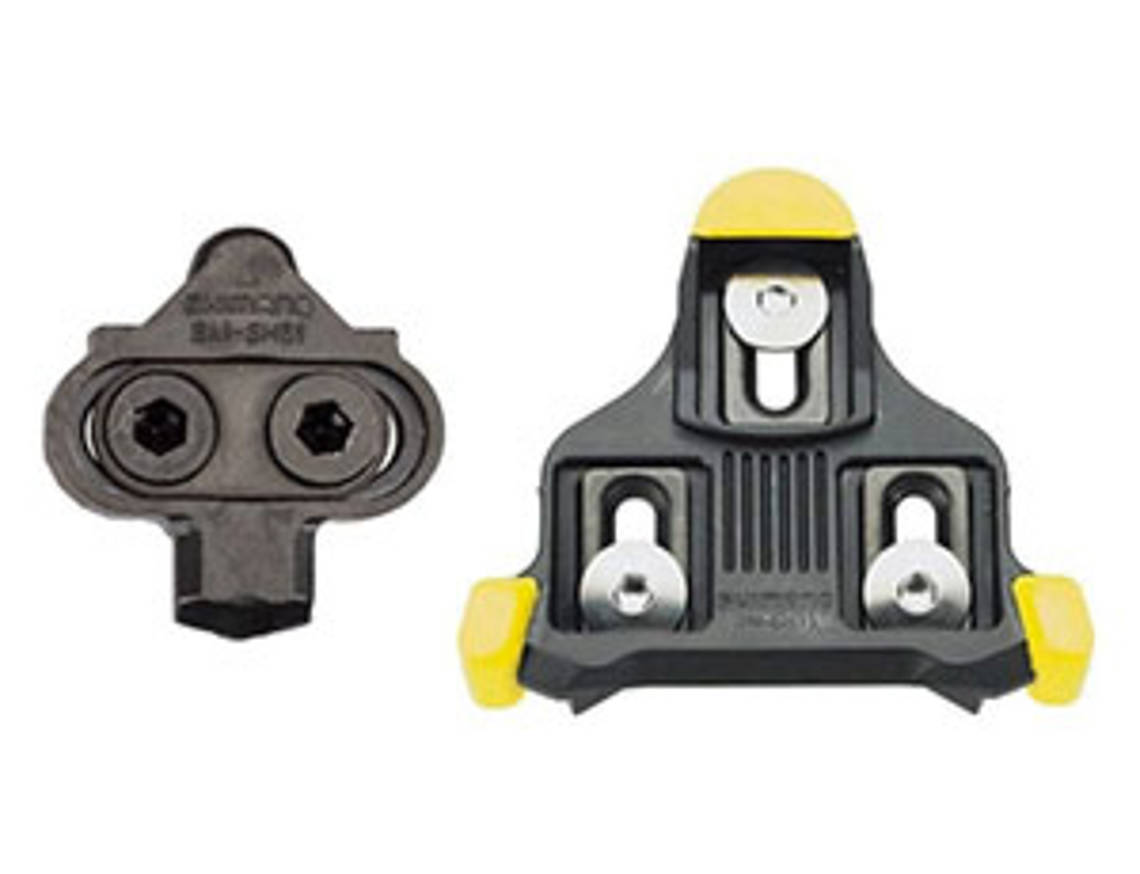
Both clipless and flat bike pedals are available for city cyclists and long-distance trekkers. Reflecting the nature of cycling in urban environments, these pedals tend to have a larger platform for the feet to rest on. Some clipless pedals have two sides – one side with cleats for clipless shoes, the other with a flat surface for normal shoes.
See all trekking and city pedalsPedals and shoes for MTB and City use the same type of clipless pedal system. The sole has two recessed slots where you fasten the cleat. They are often called SPD, which is the name of Shimano’s clipless pedal system. Crankbrothers and Time also make popular pedal systems for MTB. Bike shoes for Road uses a different clipless pedal system.
See al racing pedalsClipless pedals for cross country biking, marathons and cyclocross tend to be small and lightweight. For downhill and mountain biking, the pedals have a larger pedaling surface. This also for safety reasons – in the heat of the moment it isn’t always possible to clip back in so you need a big pedal to at least balance on. Flat pedals which studded grips are also good for mountain biking.
See all moutain bike pedalsIf you buy a pair of pedals, compatible cleats are always included. But if you buy a pair of cleats, you need to make sure you have a pair of pedals of the same type and brand, otherwise they will not fit together.































